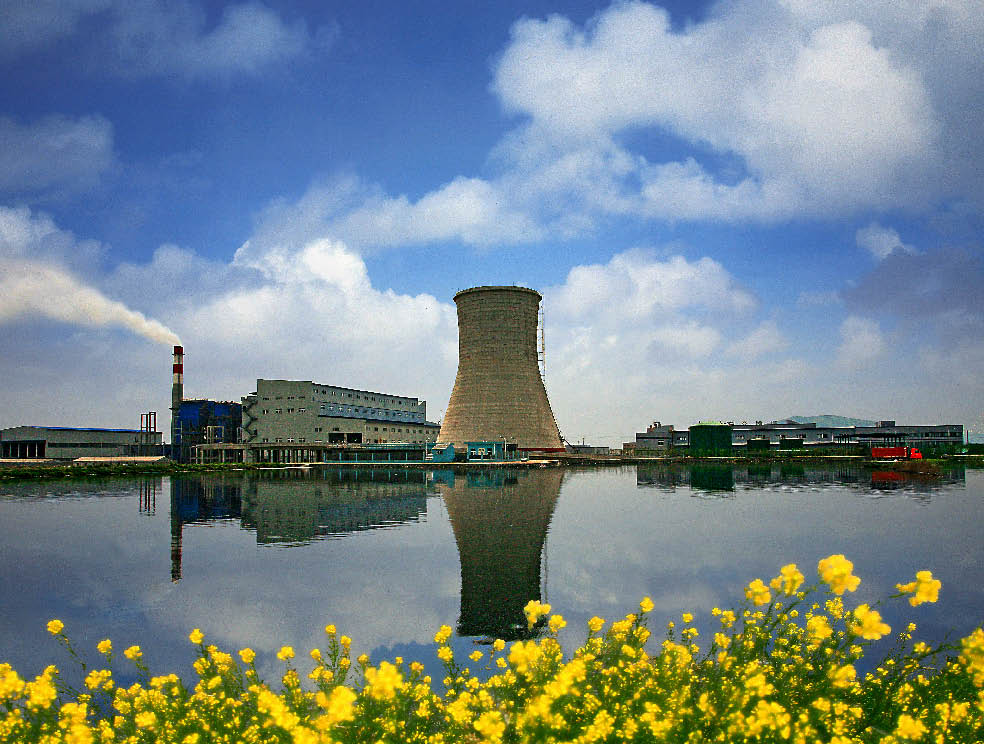| Treating Their Garbage Right
By staff reporter JIAO FENG
 |
| A garbage-to-energy power plant in Zhejiang, also sponsored by the Chinese Academy of Sciences. |
BEFORE the 1990s most Chinese cities relied on the landfill method to treat their municipal solid waste. But with the expansion of cities and mounting solid waste, the use of land to bury garbage was swiftly becoming too extravagant a solution. In 1985 Shenzhen imported technologies and equipment from Japan to build the country’s first garbage treatment plant deploying incineration technology; its surplus energy was used for heating and power generation. At that time, developed countries were masters of such technologies. The cost of importingequipment and consulting services was exorbitant, and at the same time did not fully suit Chinese conditions in that the moisture content of Chinese municipal solid waste was, and still is, high, and its composition complicated. Starting in the 1990s, the Chinese Academy of Sciences, Tsinghua University and Zhejiang University began to develop solid waste treatment technologies to which they have independent intellectual property rights, demonstrating leadership in new solutions to garbage treatment.
More Fuss, Less Muss
Entering the office of Yan Yong, general manager of Tai’an Zhongke Environmental Protection and Electric Power Co., Ltd. (Tai’an Zhongke), the visitor can see a large flat-screen television on the wall. It does not show TV programs; instead, it peers into various production workshops and at related technical data. Yan Yong used the remote control device to pick out certain images on the screen: “This shows the working conditions of the whole plant and various data.” Aiming it at another group of figures, he says, “Here is the power generation output; it shows that the output now is 10,000 kwh per hour.”
If no one told you, it would be hard to imagine that this is a garbage treatment plant. The district is clean and tidy; the plant and office buildings are new. Every now and then one or two workers wearing safety helmets pass through the grounds. The garbage-transporting trucks inching through the automatic electronic loadometer at the entrance are the only indications that this is really a garbage treatment plant.
In the central control room, technicians are busy going about their work in an orderly fashion in front of the large-format monitor and control panel. Through the monitor one can see fully the mechanized operation of the plant. When garbage is sent to the storage area, rocks are sifted out, as are other non-flammable items, then sent to a platform to be compressed. The crushed garbage is sent to the incinerator on a conveyer belt. At the bottom of the garbage storage area a sewage discharge tank collects the liquid percolating out of the waste, which is then pumped to the incinerator. Yan Yong explains that the whole process is conducted in an enclosed space with negative pressure, allowing no bad smells to escape and pollute the air. He pointed at a tubular feature on the ceiling above the storage area: “This is a passage to send air from the storage area to the incinerator. High-temperature treatment decomposes the harmful substances in the air, so odors don’t permeate the plant district.”
|
